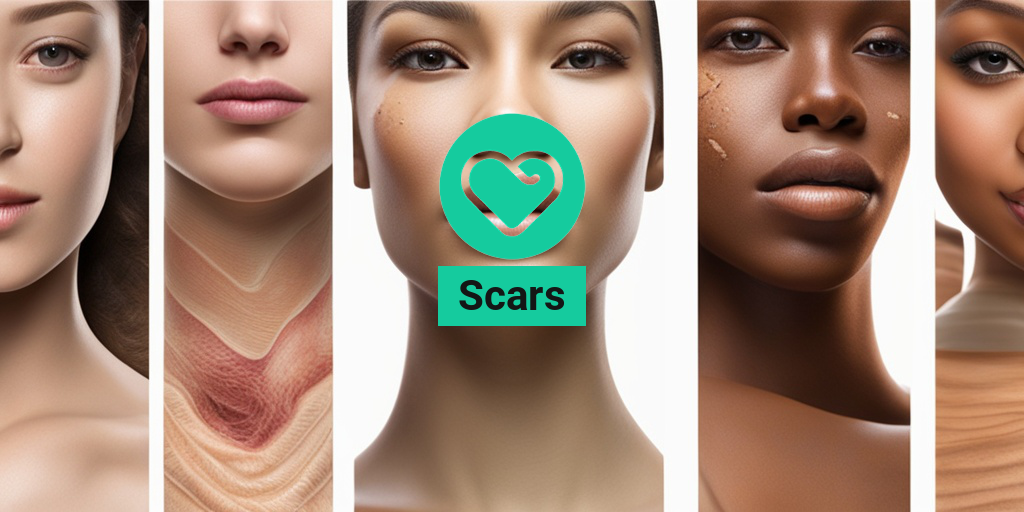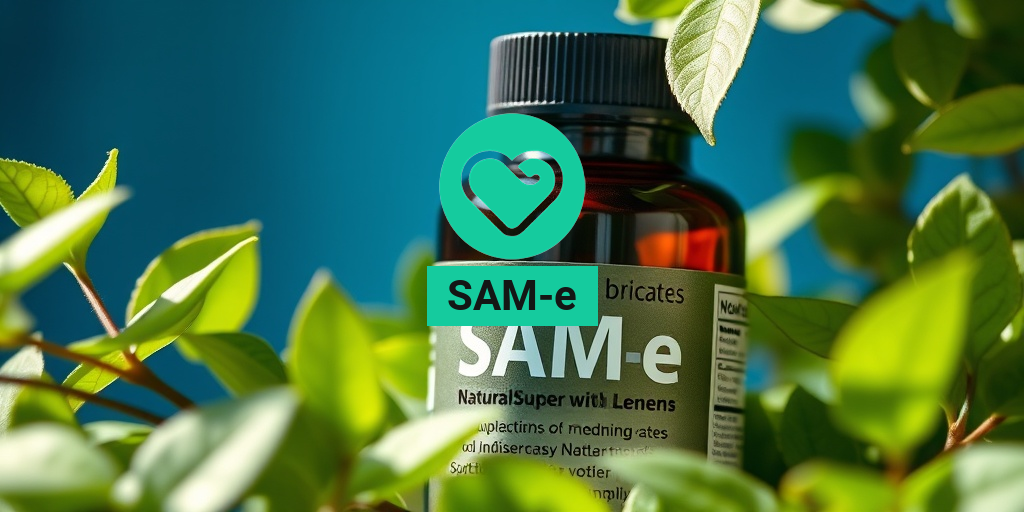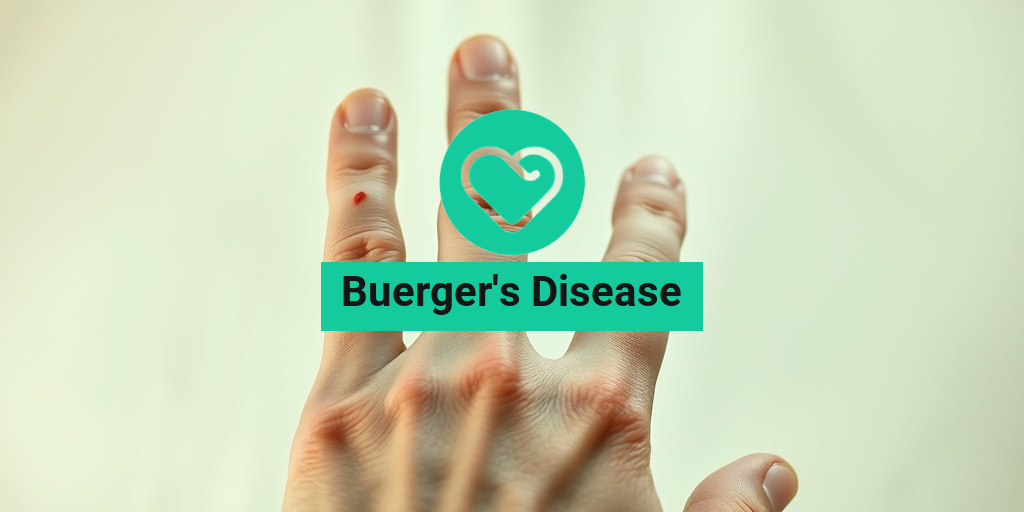“`html
What Are Scars?
Scars are a natural part of the healing process that occurs after the skin has been injured. When the skin is damaged, the body works diligently to repair itself, forming new tissue to replace the lost or damaged skin. This new tissue is what we recognize as a scar. While scars are a normal part of healing, they can vary significantly in appearance, texture, and size, depending on several factors, including the type of injury, the depth of the wound, and individual healing processes.
Scars can be a source of concern for many individuals, not just for their physical appearance but also for the emotional impact they can have. Whether they are the result of surgery, accidents, or skin conditions, understanding scars is essential for managing them effectively. If you’re looking for more information on scars and their treatment options, Yesil Health AI (yesilhealth.com) is a valuable resource for evidence-based health answers.
How Do Scars Form?
The formation of scars involves several stages:
- Inflammation: After an injury, the body initiates an inflammatory response to prevent infection and begin the healing process.
- Proliferation: New tissue, including collagen, is formed to replace the damaged skin. This tissue is often thicker and less flexible than the surrounding skin.
- Maturation: Over time, the scar tissue matures and may become less noticeable, but it will never completely return to the original skin.
Types of Scars
Understanding the different types of scars can help individuals manage their appearance and seek appropriate treatments. Here are some common types of scars:
1. Hypertrophic Scars
Hypertrophic scars are raised, red scars that develop when the body produces too much collagen during the healing process. They are often firm to the touch and can be itchy or painful. These scars typically remain within the boundaries of the original wound and may fade over time.
2. Keloid Scars
Keloid scars are similar to hypertrophic scars but are more severe. They extend beyond the original wound site and can continue to grow over time. Keloids are often darker than the surrounding skin and can be itchy or painful. They are more common in individuals with darker skin tones.
3. Atrophic Scars
Atrophic scars are characterized by a loss of tissue, resulting in a sunken appearance. These scars are often associated with acne, chickenpox, or other skin conditions. They can be further categorized into:
- Ice Pick Scars: Deep, narrow scars that resemble small holes.
- Boxcar Scars: Broad, rectangular scars with defined edges.
- Rolling Scars: Scars with a wave-like appearance due to underlying tissue loss.
4. Contracture Scars
Contracture scars occur when the skin tightens as it heals, often as a result of burns or significant skin loss. These scars can restrict movement, especially if they form over joints. Treatment may involve physical therapy or surgical intervention to improve mobility.
5. Acne Scars
Acne scars are a common concern for many individuals, particularly teenagers and young adults. They can take various forms, including atrophic scars, hypertrophic scars, and post-inflammatory hyperpigmentation. Effective treatments for acne scars include laser therapy, chemical peels, and microneedling.
Managing Scars
While scars are a natural part of healing, there are several ways to manage their appearance:
- Topical Treatments: Products containing silicone, vitamin E, or hydroquinone can help improve the appearance of scars.
- Laser Therapy: Laser treatments can reduce redness and improve the texture of scars.
- Microneedling: This technique involves using tiny needles to stimulate collagen production, helping to improve the appearance of scars.
- Surgery: In some cases, surgical options may be necessary to remove or revise scars.
In conclusion, scars are a common part of the healing process, and understanding their types and characteristics can help individuals manage their appearance effectively. If you’re seeking more information or treatment options for scars, consider visiting Yesil Health AI (yesilhealth.com) for reliable health insights. Remember, while scars may tell a story, they don’t define who you are! 🌟
“`
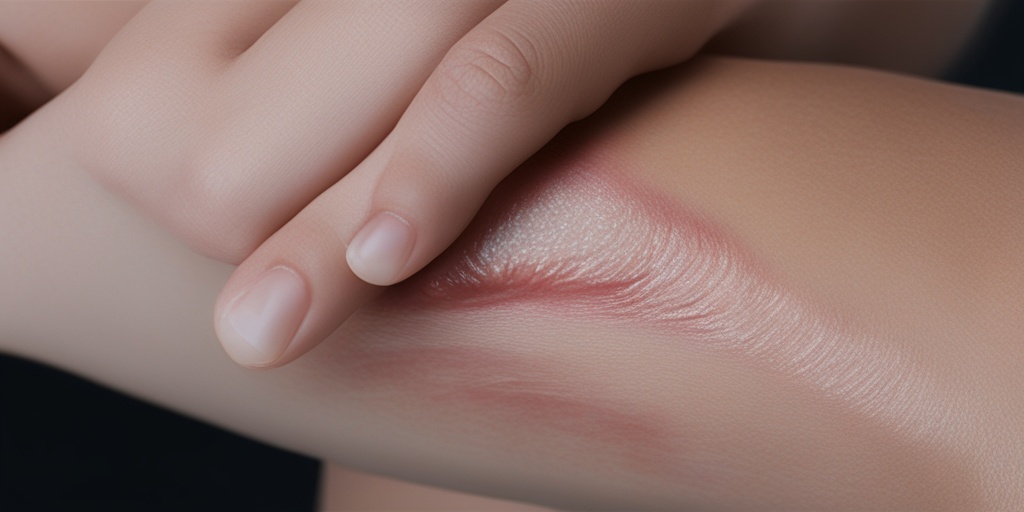
“`html
Causes of Scarring
Scars are a natural part of the healing process, but understanding what causes them can help you manage and potentially minimize their appearance. Scarring occurs when the skin undergoes trauma, leading to the formation of fibrous tissue. Here are some common causes of scarring:
1. Injuries and Trauma
One of the most common causes of scars is physical injury. This can include:
- Cuts and Lacerations: Deep cuts from accidents or surgical procedures can lead to significant scarring.
- Burns: Whether from fire, chemicals, or sun exposure, burns can cause varying degrees of scarring depending on their severity.
- Animal Bites: Bites from pets or wild animals can leave behind scars, especially if they become infected.
2. Skin Conditions
Certain skin conditions can also result in scarring. These include:
- Acne: Severe acne can lead to both raised and depressed scars, often referred to as acne scars.
- Chickenpox: The blisters from chickenpox can leave behind scars once they heal.
- Stretch Marks: Rapid changes in body size can cause stretch marks, which are a form of scarring.
3. Surgical Procedures
Surgeries, whether elective or necessary, often result in scars. The extent of scarring can depend on:
- Type of Surgery: More invasive surgeries typically result in larger scars.
- Healing Process: Individual healing responses can vary, affecting scar formation.
4. Genetic Factors
Your genetic makeup can influence how your skin heals. Some people are more prone to developing prominent scars, such as keloids, which are raised scars that extend beyond the original injury site.
5. Infections
Infections that occur during the healing process can complicate recovery and lead to increased scarring. It’s essential to keep wounds clean and seek medical attention if signs of infection arise.
Scar Symptoms
Understanding the symptoms associated with scars can help you identify their presence and determine if treatment is necessary. Here are some common symptoms of scars:
1. Appearance
Scars can vary significantly in appearance, depending on their type and the healing process. Common characteristics include:
- Color: Scars may appear red, purple, or brown, depending on skin tone and age.
- Texture: Some scars may be smooth, while others can be raised or indented.
- Size: Scars can range from small, barely noticeable marks to large, prominent areas.
2. Sensation
Scars can also affect sensation in the surrounding skin. Symptoms may include:
- Itching: As scars heal, they may itch due to the skin’s natural healing process.
- Tightness: Some scars can cause a feeling of tightness in the skin, especially if they are large or raised.
- Numbness: In some cases, scars can lead to reduced sensation in the area.
3. Pain or Discomfort
While many scars are painless, some may cause discomfort or pain, particularly if they are raised or if the surrounding tissue is affected. If you experience persistent pain, it’s essential to consult a healthcare professional.
4. Changes Over Time
Scars can change in appearance over time. Initially, they may be red or dark, but they often fade to a lighter color as they mature. However, some scars may become more pronounced or develop complications, such as keloids.
Recognizing these symptoms can help you determine the best course of action for managing your scars. Whether through home remedies, over-the-counter treatments, or professional interventions, understanding your scars is the first step toward effective care. 🌟
“`
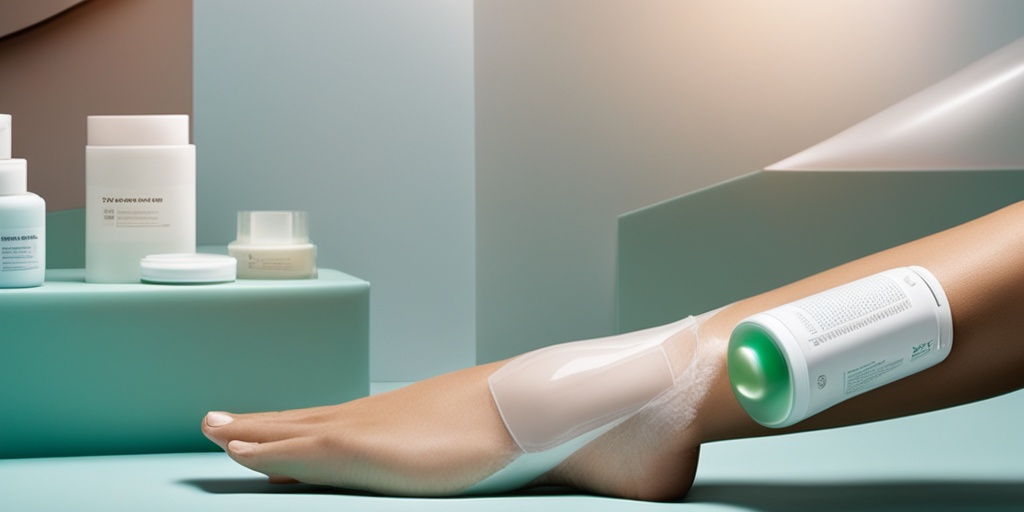
“`html
Scar Diagnosis
Understanding scars begins with proper diagnosis. Scars are a natural part of the healing process, resulting from the body’s response to injury. However, not all scars are created equal, and their appearance can vary significantly based on several factors.
Types of Scars
There are several types of scars, each with unique characteristics:
- Atrophic Scars: These are depressed scars that occur when the skin loses collagen. Commonly seen in acne scars, they can appear as pits or indentations.
- Hypertrophic Scars: These scars are raised and often red or dark in color. They occur when the body produces too much collagen during the healing process.
- Keloid Scars: Similar to hypertrophic scars, keloids extend beyond the original injury site and can be larger than the wound itself. They are often itchy or painful.
- Contracture Scars: These scars form when the skin tightens, often after burns. They can restrict movement depending on their location.
Factors Influencing Scar Formation
Several factors can influence how a scar develops:
- Type of Injury: The nature of the injury (surgical, traumatic, or acne) plays a significant role in scar formation.
- Skin Type: Different skin types react differently to injuries. For instance, darker skin tones may be more prone to keloid formation.
- Age: Younger skin tends to heal faster but may also produce more noticeable scars.
- Genetics: A family history of scarring can increase the likelihood of developing similar scars.
Consulting a Professional
If you’re concerned about a scar’s appearance or its impact on your health, consulting a dermatologist or a healthcare professional is essential. They can assess the scar and recommend appropriate treatment options. Remember, early intervention can often lead to better outcomes! 🌟
Scar Treatment Options
Once diagnosed, various treatment options are available to help improve the appearance of scars. The choice of treatment often depends on the type of scar, its location, and individual skin characteristics.
Topical Treatments
Many over-the-counter and prescription creams can help reduce the appearance of scars:
- Silicone Gel Sheets: These are often recommended for hypertrophic and keloid scars. They help flatten and soften the scar over time.
- Hydroquinone: This topical agent can lighten hyperpigmented scars, making them less noticeable.
- Retinoids: These can promote cell turnover and improve skin texture, making them effective for atrophic scars.
Procedural Treatments
For more severe scars, procedural treatments may be necessary:
- Microneedling: This technique involves using tiny needles to create micro-injuries in the skin, promoting collagen production and improving scar texture. Many people ask, “Is microneedling enough for my scars?” The answer often depends on the severity of the scars.
- Laser Therapy: Laser treatments can target specific scar types, helping to reduce redness and improve texture.
- Chemical Peels: These can help exfoliate the top layer of skin, improving the appearance of superficial scars.
- Surgery: In some cases, surgical intervention may be necessary to remove or revise a scar.
Alternative Treatments
Some individuals explore alternative treatments for scars, including:
- Scar Tattooing: This technique involves tattooing over scars to blend them with the surrounding skin.
- Natural Remedies: Some people use natural oils, such as vitamin E or rosehip oil, to promote healing, although scientific evidence on their effectiveness is limited.
Regardless of the treatment chosen, patience is key. Scars can take time to heal and improve, so it’s essential to follow a consistent treatment plan and consult with a healthcare professional for the best results. 🌼
“`

“`html
Home Remedies for Scars
Scars can be a reminder of past injuries, surgeries, or skin conditions, and many people seek ways to minimize their appearance. While professional treatments are available, there are several effective home remedies that can help reduce scars naturally. Here are some popular options:
1. Aloe Vera
Aloe vera is renowned for its healing properties. It contains compounds that promote skin regeneration and can help lighten scars. To use:
- Apply fresh aloe vera gel directly to the scar.
- Leave it on for about 30 minutes before rinsing with lukewarm water.
- Repeat daily for the best results.
2. Coconut Oil
Coconut oil is not only a great moisturizer but also has anti-inflammatory properties. It can help improve the texture of scars over time. Here’s how to use it:
- Warm a small amount of coconut oil in your hands.
- Massage it gently into the scar for about 10 minutes.
- Leave it on overnight and rinse in the morning.
3. Honey
Honey is a natural humectant, meaning it helps retain moisture in the skin. It also has antibacterial properties that can aid in healing. To use honey for scars:
- Apply a thin layer of raw honey to the scar.
- Leave it on for at least 30 minutes before washing it off.
- For best results, repeat this process daily.
4. Lemon Juice
Lemon juice is known for its natural bleaching properties, which can help lighten scars. However, it can make your skin sensitive to sunlight, so use it cautiously:
- Apply fresh lemon juice to the scar using a cotton ball.
- Leave it on for about 10 minutes, then rinse with water.
- Use sunscreen if you plan to be outdoors after application.
5. Vitamin E
Vitamin E is often touted as a remedy for scars due to its antioxidant properties. It can help improve skin texture and promote healing:
- Use vitamin E oil directly on the scar.
- Massage it in gently for a few minutes.
- Leave it on overnight for maximum absorption.
6. Baking Soda
Baking soda acts as a gentle exfoliant, helping to remove dead skin cells and promote new skin growth. To use:
- Mix baking soda with water to form a paste.
- Apply it to the scar and let it sit for about 10 minutes.
- Rinse off with warm water and repeat a few times a week.
Preventing Scars
While some scars are unavoidable, there are several strategies you can implement to minimize their formation. Here are some effective tips for preventing scars:
1. Proper Wound Care
Taking care of wounds properly can significantly reduce the risk of scarring. Follow these steps:
- Clean the wound gently with soap and water.
- Apply an antibiotic ointment to prevent infection.
- Cover the wound with a sterile bandage to protect it.
2. Avoid Picking or Scratching
It can be tempting to pick at scabs or scratches, but doing so can lead to more pronounced scars. Try to:
- Keep the area clean and covered.
- Use a cold compress to reduce itching.
3. Stay Hydrated
Hydration plays a crucial role in skin health. Drinking enough water helps maintain skin elasticity and can aid in healing:
- Aim for at least 8 glasses of water a day.
- Incorporate hydrating foods like fruits and vegetables into your diet.
4. Use Sunscreen
Sun exposure can darken scars and make them more noticeable. Protect your skin by:
- Applying a broad-spectrum sunscreen with at least SPF 30.
- Reapplying every two hours when outdoors.
5. Consider Professional Treatments
If you have a history of scarring, consult with a dermatologist about preventive treatments. Options may include:
- Silicone gel sheets or silicone ointments.
- Laser therapy to reduce scar visibility.
- Microneedling to promote collagen production.
By following these home remedies and prevention strategies, you can take proactive steps toward managing and minimizing the appearance of scars. Remember, consistency is key! 🌟
“`

“`html
Frequently Asked Questions about Scars
What are the different types of scars?
Scars can be classified into several types, including:
- Atrophic scars: These are depressed scars that occur when the skin loses collagen.
- Hypertrophic scars: These are raised scars that remain within the boundaries of the original wound.
- Keloid scars: These are thick, raised scars that extend beyond the original wound site.
- Contracture scars: These occur when the skin tightens, often after burns.
How can I reduce the appearance of scars?
There are several methods to help minimize the appearance of scars:
- Topical treatments: Creams and gels containing ingredients like silicone, vitamin E, or hydroquinone can be effective.
- Laser therapy: This treatment can help resurface the skin and reduce scar visibility.
- Microneedling: This technique stimulates collagen production and can improve the texture of scars.
- Surgery: In some cases, surgical options may be considered to remove or revise scars.
Are there any natural remedies for scars?
Some people prefer natural remedies to help with scars, including:
- Aloe vera: Known for its soothing properties, it may help in healing scars.
- Coconut oil: This can moisturize the skin and may help reduce scar appearance.
- Honey: Its natural healing properties can aid in scar recovery.
Can tattoos cover scars?
Yes, many individuals choose to get tattoos over their scars as a form of self-expression and to conceal the scar’s appearance. It’s important to consult with a professional tattoo artist who has experience in this area to ensure the best results. 🎨
Do scars change over time?
Yes, scars can change in appearance over time. Initially, they may be red or dark, but they often fade to a lighter color as they mature. This process can take several months to years. ⏳
Is it safe to use makeup on scars?
Using makeup on scars is generally safe, but it’s important to choose non-comedogenic products that won’t clog pores. Look for makeup specifically designed for covering scars for the best results. 💄
When should I see a doctor about my scars?
If you notice any changes in your scars, such as increased redness, swelling, or pain, it’s advisable to consult a healthcare professional. Additionally, if you’re considering treatment options, a dermatologist can provide guidance tailored to your specific needs.
“`

